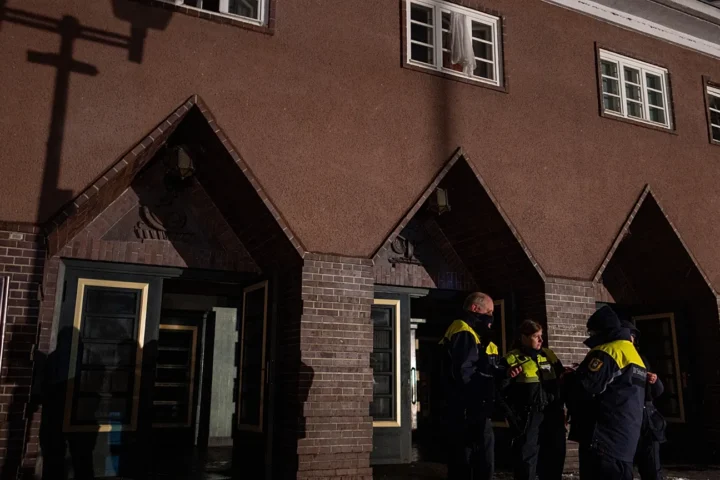A catastrophic accident unfolded today in the heart of Bangladesh’s capital when a Bangladesh Air Force jet crashed into a crowded school building, claiming the lives of at least 16 people and injuring many more. The incident has sent shockwaves through the city, raising urgent questions about aviation safety and emergency preparedness in densely populated urban zones.
The Crash and Immediate Aftermath
According to eyewitnesses, the military jet, reportedly on a routine training flight, suddenly lost control and descended rapidly before striking the school during morning hours. The impact caused a significant explosion and structural collapse, trapping students, teachers, and staff inside.
Local emergency services responded swiftly, with fire brigades, paramedics, and military rescue teams working tirelessly to evacuate survivors from the wreckage. Hospitals in Dhaka have been put on high alert to treat the influx of injured, many in critical condition.
Human Toll and Community Impact
Preliminary reports confirm that 16 individuals—mostly children—have died as a direct result of the crash, with dozens more hospitalized. The school, located in a residential district, served hundreds of students from the local community, magnifying the tragedy’s emotional toll.
Families and neighbors gathered at the site, some searching desperately for missing loved ones. Government officials, including Prime Minister Sheikh Hasina, have expressed profound sorrow and pledged comprehensive support for victims’ families.
Investigation and Safety Concerns
The Bangladesh Air Force has launched a full investigation into the cause of the crash. While preliminary speculation points to possible mechanical failure or pilot error, authorities have stressed the need for a thorough and transparent inquiry.
The crash reignites ongoing debates about the safety of military flights over densely inhabited areas. Urban planners and safety experts warn that Dhaka’s expanding population and congested neighborhoods pose significant risks when combined with low-altitude military or civilian air traffic.
Government Response and Next Steps
In response to the disaster, the government has announced plans to review aviation protocols and enhance coordination between the Air Force and civilian authorities. Emergency response systems are also being evaluated to ensure rapid and effective action in future incidents.
International agencies and neighboring countries have offered condolences and assistance. The tragedy underscores the critical importance of balancing national defense operations with civilian safety in fast-growing megacities.
Conclusion
The Bangladesh Air Force jet crash is a devastating blow to Dhaka’s community, highlighting vulnerabilities in urban safety and aviation oversight. As rescue efforts continue and investigations proceed, the nation mourns the loss of young lives and calls for measures to prevent such heartbreaking incidents in the future.























